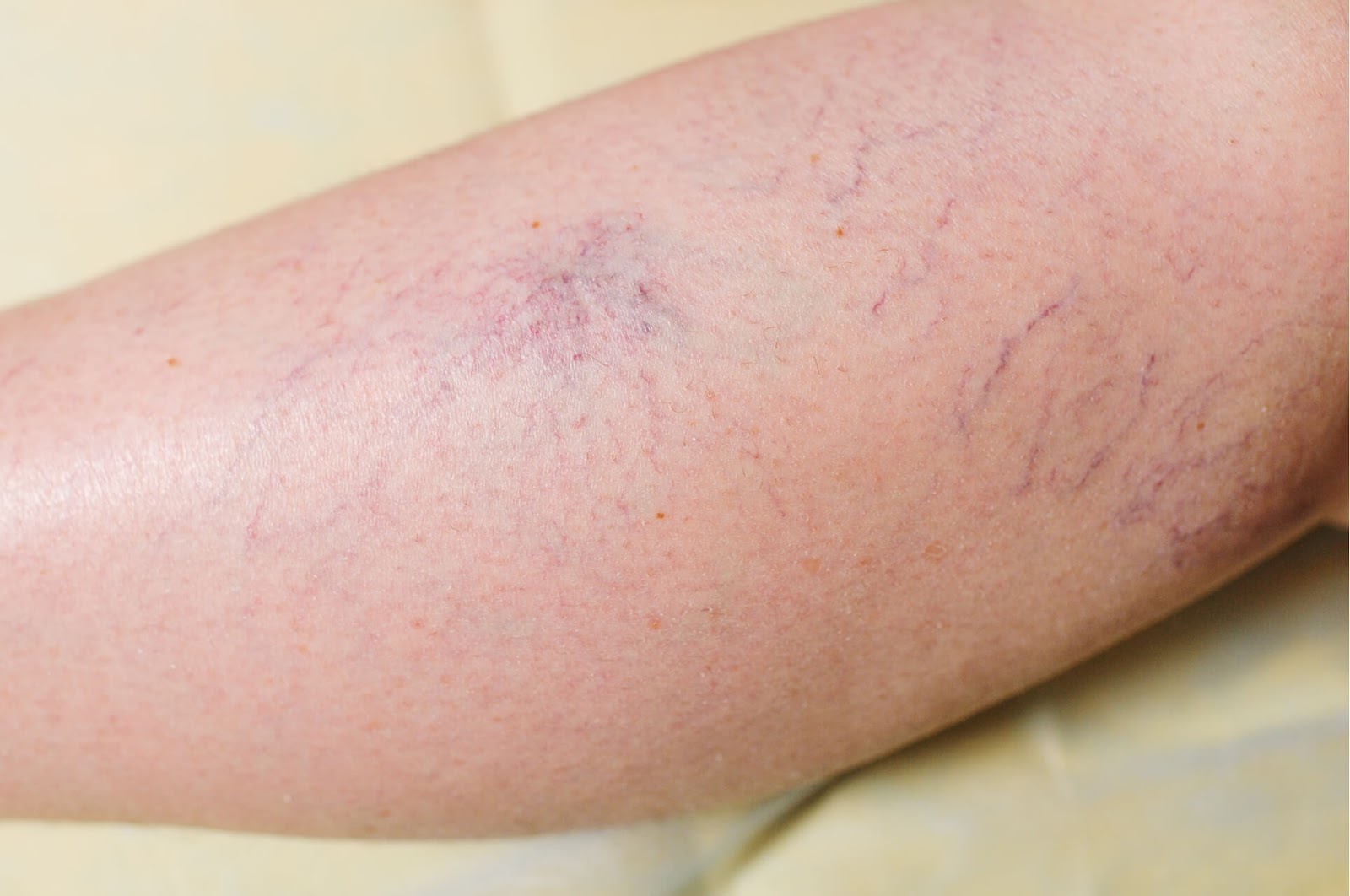Spider veins, medically known as telangiectasias or angioectasias, are small, dilated blood vessels near the surface of the skin. They often appear as thin, red or blue lines that resemble spider webs or tree branches. These veins can develop anywhere on the body but are most commonly found on the legs and face. In this comprehensive guide, we will delve into the causes, symptoms, and various treatment options available for spider veins.
Causes of Spider Veins
1. Genetic Predisposition:
One of the primary causes of spider veins is a genetic predisposition. If your parents or close family members had spider veins, you are more likely to develop them.
2. Hormonal Changes:
Hormonal fluctuations, such as those occurring during puberty, pregnancy, and menopause, can lead to the development of spider veins. Estrogen, a hormone found in higher levels in women, can weaken vein valves, contributing to vein enlargement.
3. Age and Aging Process:
Aging is a significant factor in the development of spider veins. As individuals age, the veins lose their elasticity and become more prone to dilation and visibility through the skin.
4. Prolonged Standing or Sitting:
Jobs or activities that require long periods of standing or sitting can increase the pressure on the veins, causing them to dilate and become visible as spider veins.
Symptoms of Spider Veins
Spider veins are generally harmless and primarily a cosmetic concern. However, they can sometimes cause discomfort and mild pain. Common symptoms include:
Visible Veins: Thin, thread-like veins visible on the skin’s surface, usually red, blue, or purple in color.
Burning or Itching: Some individuals may experience a mild burning or itching sensation around the affected veins.
Aching or Throbbing: Spider veins can cause aching or throbbing in the legs, especially after prolonged periods of standing or sitting.
Restless Legs: Restless leg syndrome, characterized by an uncontrollable urge to move the legs, may be more prevalent in individuals with spider veins.
Treatment Options for Spider Veins
1. Sclerotherapy:
Sclerotherapy is a popular and effective treatment for spider veins. It involves injecting a solution directly into the affected veins, causing them to collapse and eventually fade away.
2. Laser Therapy:
Laser therapy uses intense bursts of light to selectively target and eliminate spider veins. It is non-invasive and typically requires multiple sessions for optimal results.
3. Radiofrequency Ablation:
Radiofrequency ablation involves the use of radiofrequency energy to heat and seal the affected veins, causing them to collapse and be reabsorbed by the body.
4. Compression Stockings:
Wearing compression stockings can help manage the symptoms of spider veins by improving blood flow and reducing discomfort.
5. Lifestyle Changes:
Adopting a healthy lifestyle, including regular exercise, maintaining a healthy weight, and avoiding prolonged periods of standing or sitting, can help prevent the development of spider veins.
In conclusion
understanding the causes, symptoms, and available treatment options for spider veins is essential for effective management and prevention. If you are struggling with spider veins, consult a healthcare professional to determine the most suitable treatment plan for your specific situation.





